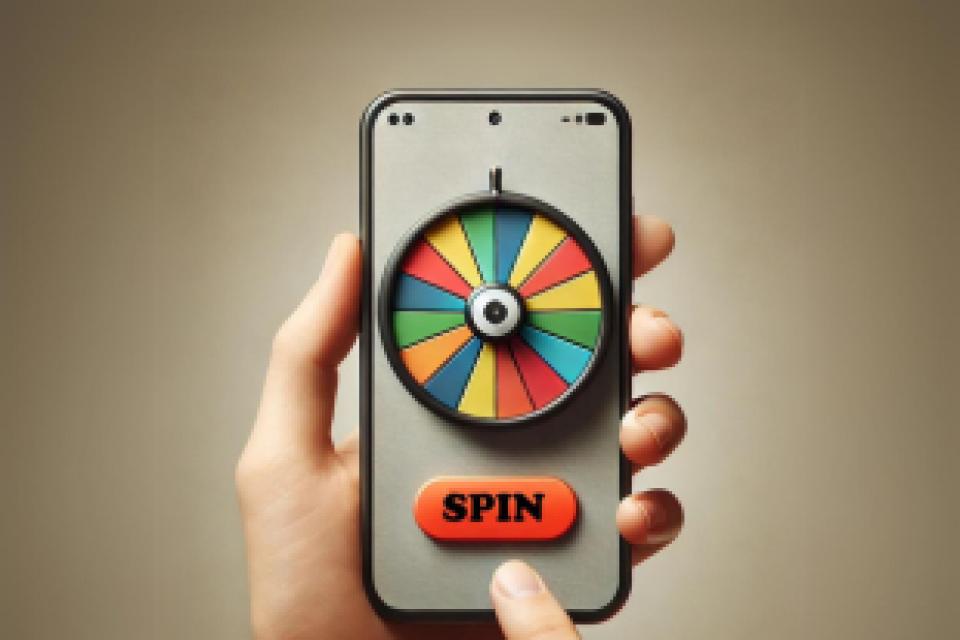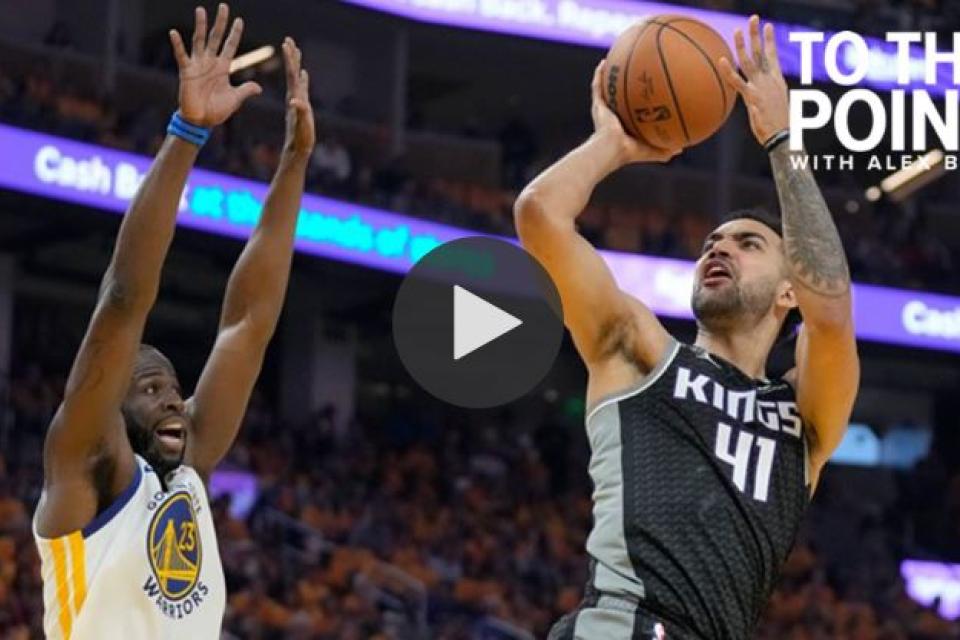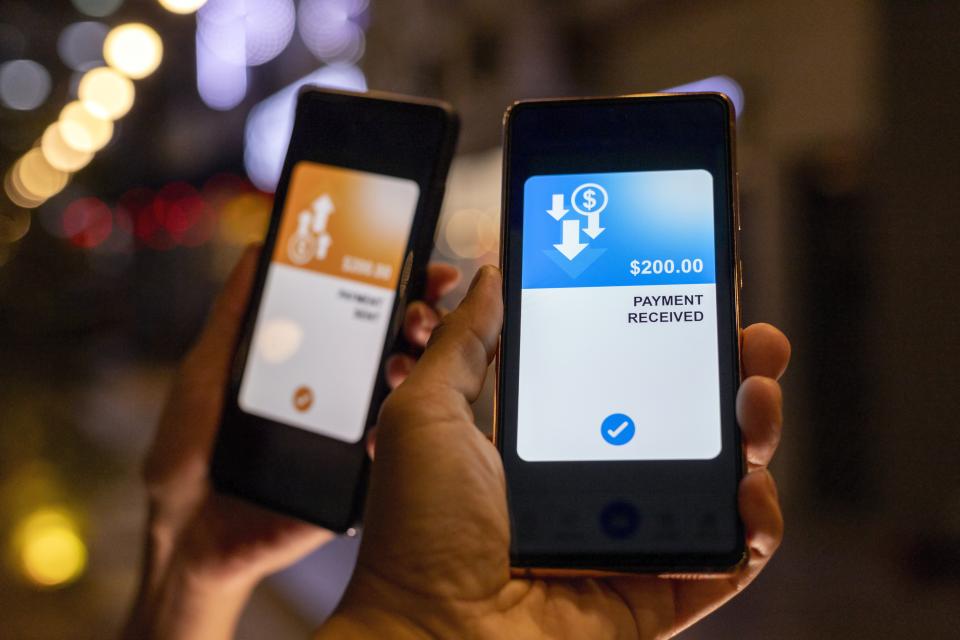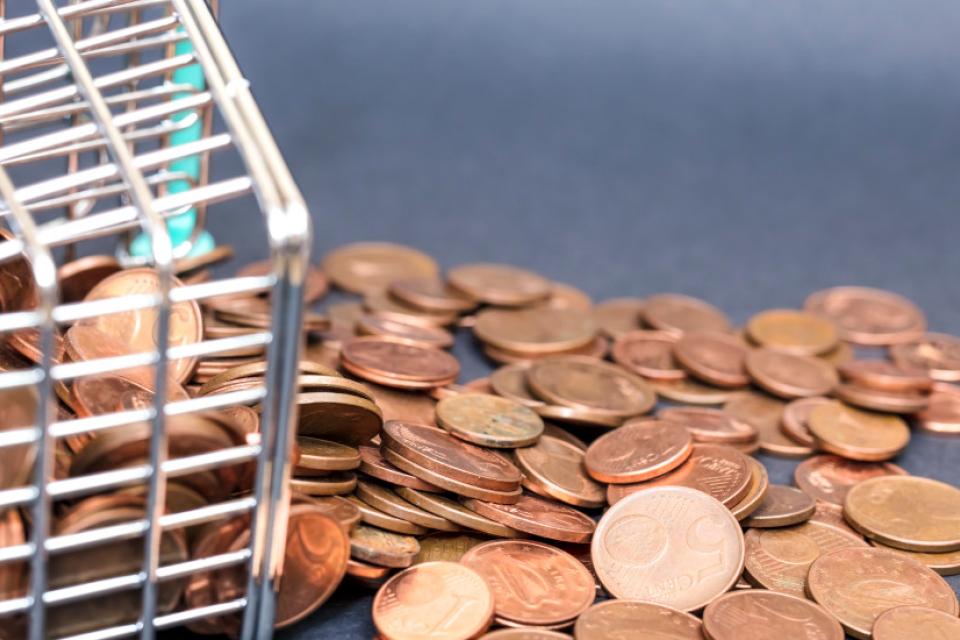Game Over? How Customers Respond When Mobile Banking App Rewards Go Dark
Digital incentives in financial services boost engagement, not a gimmick

By Mike Palazzolo and Simon Blanchard*
Companies are increasingly gamifying all sorts of products—even banking apps. But what happens when a rewards program is stopped? Do consumers continue the incentivized behaviors, or do they also stop?
In our recent study—in collaboration with Flourish Fi, a behavioral loyalty and client engagement platform for financial institutions—we examined the use of gamification to encourage adoption of digital financial services. We had the opportunity to study and collect data on a natural experiment where the gamification module in a prominent Latin American bank's app was disabled for 50 days due to a lapse in licensing.

Does Gamification Drive Key Customer Behaviors?
We examined three key behaviors of interest to the Latin American bank: app logins, free in-app bill payments and on-time loan repayments. Each of these behaviors was incentivized by the reward module with spins of a prize wheel, raffle tickets, scratch cards, or in-app currency (points) redeemable for either wheel spins or raffle tickets.
We focused on whether this gamification had a causal impact on the customer behaviors the bank intended to motivate, and whether it was necessary to continue gamification to maintain these behaviors over time.
One might hypothesize that, given the ease of engaging in financial transactions online (especially relative to visiting a physical bank branch), these behaviors might be particularly likely to persist even once rewards were taken away. An alternate hypothesis is that rewards are a source of external motivation, and taking that motivation away would lead consumers to default to their preferred mode of behavior.
We find that the empirical truth lies somewhere in between, with the removal of gamification leading to a partial reduction in all three studied behaviors:
- 20% reduction in their bank app logins
- 18% drop in their use of free bill payments
- 31% decline in the number of on-time loan repayments
While customers did not entirely abandon the app when rewards were removed, there was nonetheless a large reduction in all three key behaviors.
Gamification's Impact on User Engagement in Financial Services
Our research is the first to study the use of gamification within financial services with more than one game-design element. Although many recent implementations of gamifications with financial service providers make the use of several intertwined game-design elements (e.g., SoFi, Qapital, Robinhood), most past studies of gamification in financial services evaluated how a single game-design element (e.g., a raffle) is used to motivate users toward a single action (e.g., saving).
Our findings provide managers and executives with valuable insights into gamification as a marketing tool to enhance user engagement and drive specific financial behaviors.
Gamification isn’t a short-term fix. It’s a long-term play for banks to further engage with their customers.
Our study, "Game Over? Assessing the Impact of Gamification Discontinuation on Mobile Banking Behaviors" was recently published in Marketing Science.
* Editor's note: Co-author Simon Blanchard is a Provost's Distinguished Associate Professor and Associate Professor of Marketing the McDonough School of Business at Georgetown University.


